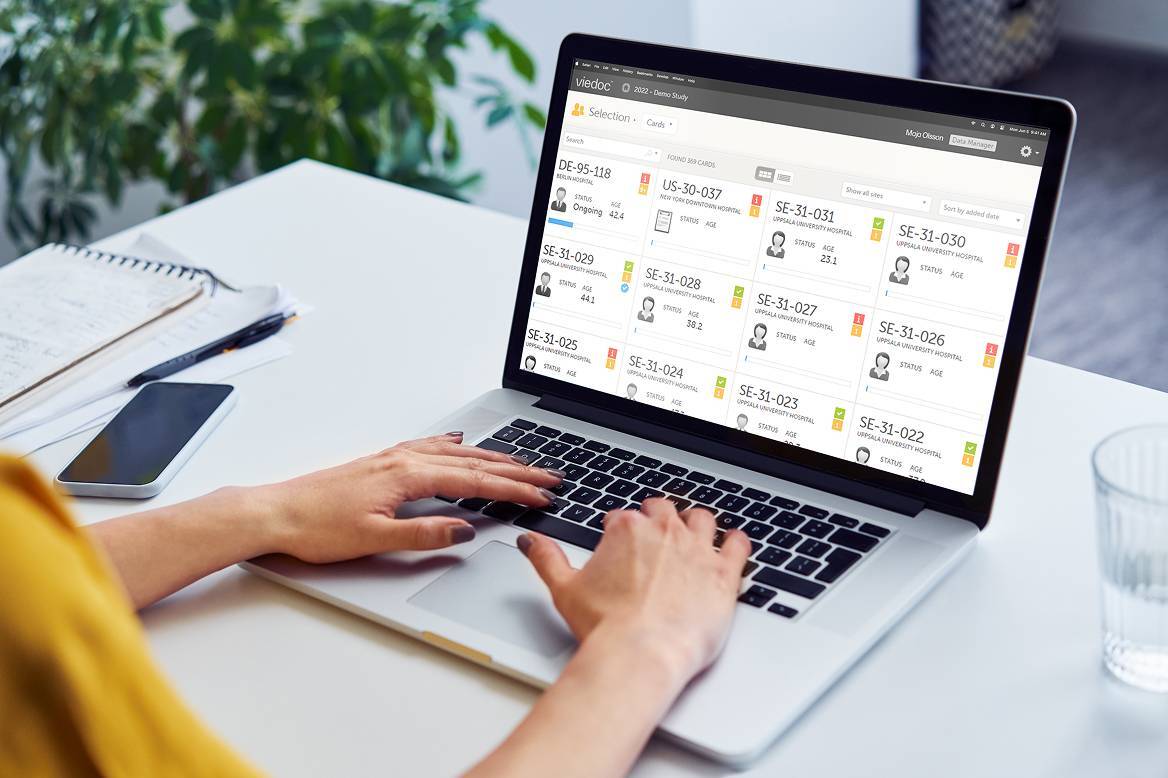In the ever-evolving landscape of clinical research, Real-World Data (RWD) and Real-World Evidence (RWE) have emerged as powerful tools, bringing forth a wealth of information collected from various non-clinical sources.
Unlike the traditional methods of measuring the effectiveness of a new intervention or treatment, such as Randomized Controlled Trials (RCT), RWE provides insights into their benefits in real-world settings. Stay with us as we explore the advantages and challenges of RWE to harness its full potential in improving patient outcomes.
“RWE is the clinical evidence about the usage and potential benefits or risks of a medical product derived from analysis of RWD”, as defined by the FDA. It offers a multitude of advantages that augment the effectiveness of clinical research.
By leveraging data from the ‘real world’, such as electronic health records, claims databases, and patient registries, researchers can analyze large-scale datasets encompassing diverse patient populations. This broad representation, enhanced by more and more complex data management methods, enables a comprehensive understanding of treatment outcomes, including those of underrepresented groups.
As per Fang Liu & Demosthenes Panagiotakos, “The increasing accessibility of RWD…together with rising costs and recognized limitations of traditional trials, has spurred great interest in the use of RWD to enhance the efficiency of clinical research and discoveries and bridge the evidence gap between clinical research and practice.”
RWE is often used nowadays as a basis for clinical trial design, helping to identify knowledge gaps and guiding the development of more efficient and patient-centered research protocols. It allows for post-approval monitoring of, e.g., how a drug fares once marketed, and provides insights into long-term safety and treatment effects as well as real-world comparative effectiveness. Furthermore, it has the potential to support regulatory submissions, facilitating evidence-based decision-making and expediting the availability of new treatments to patients.
The Challenges of Real-World Evidence
While RWE holds immense promise, it is not without challenges. Data quality remains a key concern, as information is collected from various sources with differing levels of completeness and accuracy. “Not least, using RWE is complicated as the data is collected from many countries and regions where they might have very different treatment traditions and what data is captured at the site,” says Sverre Bengtsson, Co-Founder of Viedoc Technologies.
McKinsey and Company argues that, “As data complexity grows, multiple data-quality challenges, which could limit the application and usefulness of RWE, also arise. Biases in data and other underlying quality issues, for example, can be hard to detect and could limit the insights derived from such data. Moreover, the advent of advanced analytics raises its own specific issues.”
Ensuring the reliability and integrity of real-world data is paramount if we are to avoid biased outcomes. Researchers must also navigate confounding factors and biases inherent in observational data, which may impact the interpretation of results. Additionally, the absence of randomization in real-world settings poses challenges in establishing causal relationships and mitigating the influence of unmeasured confounders.
Overcoming these challenges requires rigorous methodologies, advanced analytical techniques, and robust validation processes to enhance the reliability of RWE.

Differences Between RWE and Traditional Methods
It is vital to consider the distinction between RWE and the traditional methods, such as RCT which use carefully controlled settings to evaluate the efficacy and safety of interventions. In contrast, RWE analyzes data collected from actual patient experiences. RCT provide high internal validity, while RWE captures the diversity of patient types, treatment pathways, and clinical outcomes encountered in everyday healthcare settings. These factors generate higher external validity.
By complementing the traditional methods, RWE bridges the gap between controlled research environments and real-world complexities, yielding a more holistic understanding of treatment effectiveness and patient experiences.
Successful Applications
Numerous examples highlight the transformative impact of RWE in clinical research. For instance, RWE analysis has shed light on the long-term safety profiles of drugs, providing insights into rare adverse events that may have been missed during RCT.
In the realm of precision medicine, RWE has helped identify patient subgroups that respond better to specific treatments based on genetic markers or clinical characteristics.
RWD can also be used to revolutionize trial participation. Removing barriers to participation and engagement is vital to achieving successful patient engagement.
At Viedoc, we design our platform to be intuitive and strive to make data engaging or even fun. Our smart functions and day-to-day notifications for patients encourage them to report data in a consistent and timely manner. We help foster real-time communication between patients, investigators, and sponsors to promote an environment of collaboration, trust and long-term engagement.
By harnessing the potential of RWE, researchers have identified new treatment patterns, optimized therapeutic strategies and fewer unwarranted variations in care. These successes underscore its ability to generate actionable evidence, facilitating evidence-based decision-making and ultimately improving patient outcomes.
“RWD/RWE can be used to understand the natural history of a disease,” adds Sverre Bengtsson. “This is helpful when designing RCT and trying to find the right endpoints to measure: designing the treatment arms, finding where the patients are to be found, and understanding the health economics of the studied disease.”

RWE offers comprehensive insights into treatment outcomes, enhances post-approval monitoring, and supports evidence-based decision-making. However, challenges pertaining to data quality, biases, and interpretation necessitate careful consideration and methodological rigor.
By embracing RWE alongside traditional methods, researchers can unlock valuable insights and bridge the gap between controlled research environments and real-world complexities.
“Viedoc is a great eClinical system for sites that are not yet comfortable with the rigor of RCTs and some of the processes which can be very cumbersome to follow,” concludes Sverre Bengtsson.

/female-doctor-with-tablet.jpg)
/SDL/sdl-woman-laptop-ui.png)
